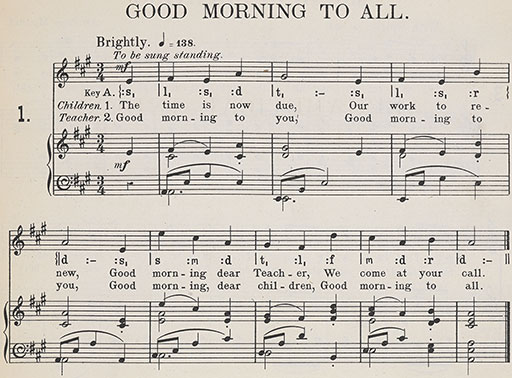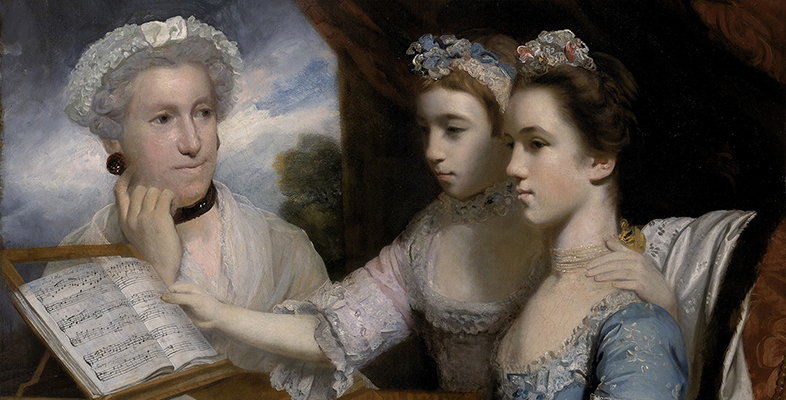1.1 Different musical media
In the next section, you will begin your study of three distinct snapshots in the overall development of musical media. You will not examine the purely oral/aural transmission of repertory extensively in this course; instead, you will focus on the three forms of musical media that, by removing the need for face-to-face contact for the transmission of works, today allow us to study music of the past: manuscripts, prints and recordings. As you work through these case studies, you should bear in mind that each musical source (whether manuscript, print or recording) represents merely one instance of the transmission of a piece; the repertory it contains has most probably been circulated in various ways and vested with different functions and meanings over the years.
Activity 1
Before you move on to the three case studies, let’s consider the previous paragraph by looking at the song ‘Happy Birthday to You’. Can you remember how you learned this song? What do you think are the function and meaning of the song (i.e. when is it normally performed)?
Discussion
I cannot remember exactly how or where I learned this song, but I am sure that I picked it up from other people. The song is of course customarily performed at birthday celebrations – it brings a group of friends or relatives together in sending birthday wishes to a loved one.
Although this is the common understanding of the song today – one we have learned from others for a birthday celebration – the piece was actually originally communicated through different means, and for a different purpose. Figure 1 presents the song as it appeared in the anthology Song Stories for the Kindergarten (first published in Chicago in 1893), with music by Mildred J. Hill and words by Patty S. Hill. The title of this anthology clearly conveys its purpose: educational songs for groups of very young children – an intention reflected in the simplicity of the music and lyrics. The original performances of this melody were therefore in a more controlled environment; as indicated in the score in Figure 1, it was to be sung by children and their teacher at the start of the day while standing. Only in the 1930s were the now familiar lyrics, ‘Happy birthday to you’, applied to the song.

The change in the way this song has been circulated demonstrates not only its popularity, but also how the meaning, function and means of transmitting a piece can alter over time. The following case studies focus on three examples of musical media – manuscript, print and recording – to show what a specific musical source, and other materials related to its production, can tell us about its historical and social context, and what each source accomplished and meant at the time of its creation. As you work through the case studies, consider the relationship between the form of each musical source and its recipient(s) – how do their appearance and content reflect the people for whom they were created?
